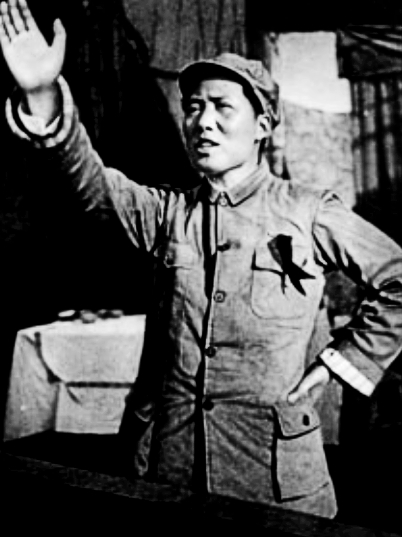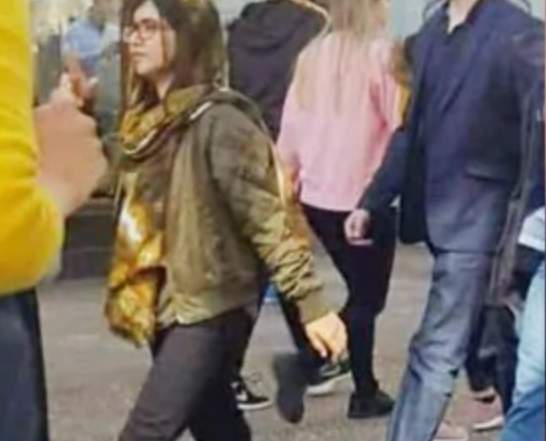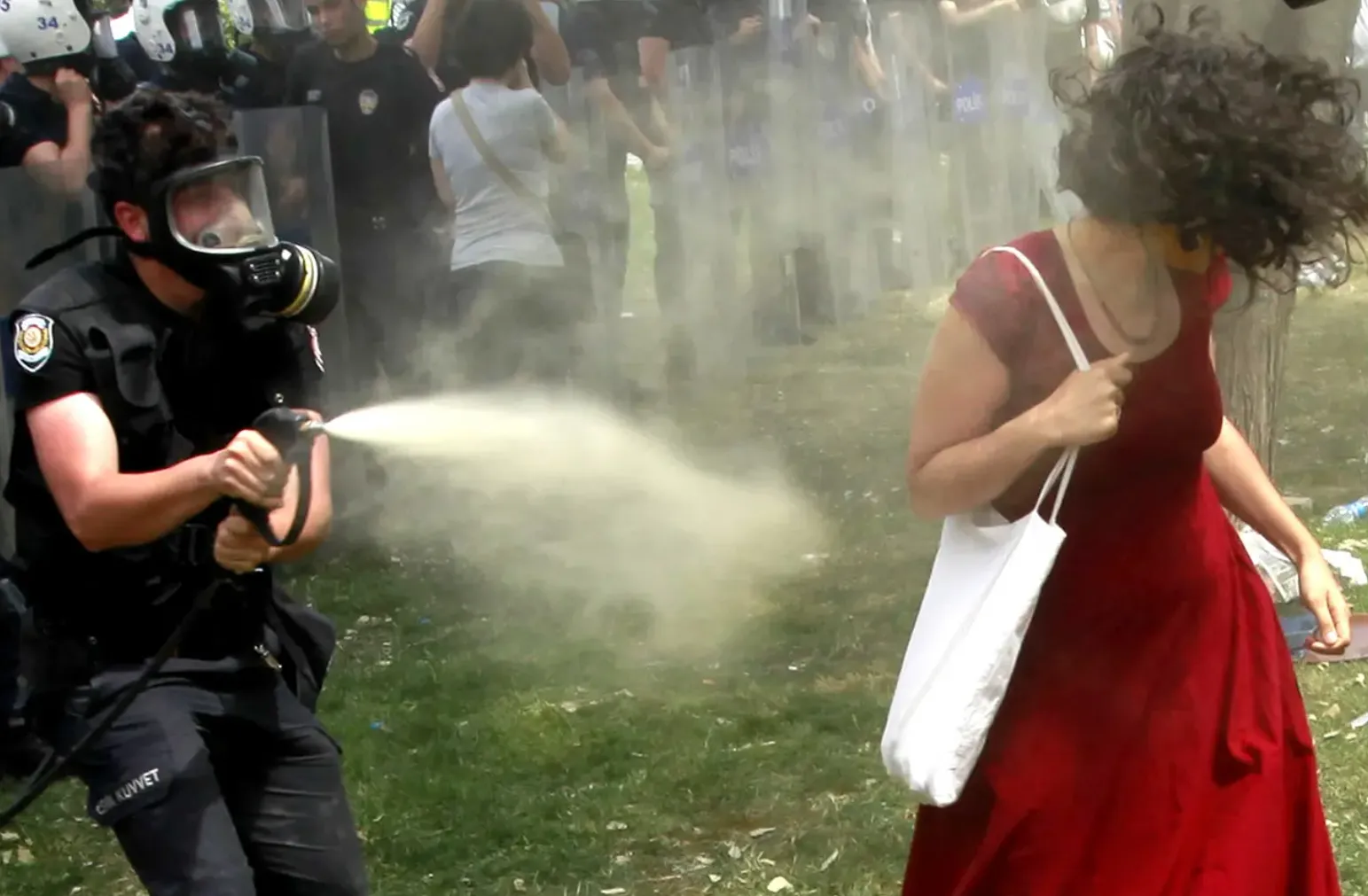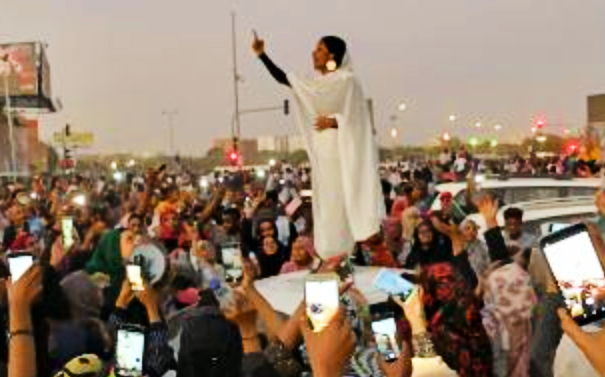The Psychology of Fashion: What Signals Do Our Clothes Send?
Our clothes tell our story. They offer cryptic clues about our personality, age, occupation, and financial status. They reveal our secrets, send silent messages, and can communicate solidarity, freedom, or rebellion.
Since ancient times, they have also been policed through dress codes and sumptuary laws. Some European countries even passed legislation to ensure only royalty and aristocrats could wear luxurious fashions, jewels, and red silk.
By the 13th century, it was customary in Europe to display wealth through dress, making it easy to signify culture and social power. Fashion became a tool to enforce class differences and the Fashion Police fined and imprisoned those who wore clothes above their station in life.

In 1565, Richard Walweyn was jailed in England for wearing a ‘very monstrous and outrageous great pair of hose’ - in other words, his shorts billowed out from his waist.
Police confiscated the hose and exhibited them in a public place as an example of extreme folly, law professor Richard Thompson Ford writes in Dress Codes: How the Laws of Fashion Made History.
“Trunk hose were the parachute pants of their day; Richard Walweyn, a Renaissance-era MC Hammer.”

Queen Elizabeth 1 and her fashionable spy
Queen Elizabeth’s spymaster Sir Francis Walsingham was among those who used fashion as a shorthand for status. The elite English statesman and diplomat favored a ruff (neck frills), worn by both genders during the Elizabethan period, which became more ornate as the years progressed.
Europe wasn’t alone in its use of fashion as a status symbol. In 1759, the Qianlong Emperor in China formalized regulations for court clothing and rank. Robes in bright yellow were reserved for use by the emperor, dowager empress, empress, and concubines of the first rank.
In Africa’s Hausa-speaking community, members of the ruling aristocracy wore large turbans and gowns to increase their body size and distinguish them from lower-class members of society. In Japan, a kimono’s weave, size, and stiffness of the sash indicate social rank and gentility.
Has much changed? To some extent, we still judge each other based on clothing. The elite and politicians send powerful messages through their choice of fashion while the average person uses it as a way to challenge authority. Revolutionary Che Guevara, for example, is known as the man who launched 1,000 T-shirts.
"The brand new social experience where you activate your gaming skills as you train like a spy."
- TimeOut
Take on thrilling, high-energy espionage challenges across different game zones.

A century of fashion

In the late 1920s, civil servants of China’s Nationalist government were required by regulation to wear the Sun Yat-sen suit, later known as the Mao suit.
It was viewed as an alternative to the ornate Manchu robe, worn by China’s last emperor, which was associated with wastefulness. By contrast, the Mao suit was utilitarian and hidden symbols were woven into its design, the BBC reports.
The four pockets on the jacket were said to signify the Four Cardinal Principles in the Chinese classic I Ching (Book of Changes): propriety, justice, honesty and a sense of shame.

The Brownshirts
The Nazi Party’s Sturmabteilung (Storm Detachment) paramilitary wing played a significant role in Adolf Hitler's rise to power in the 1920s and 1930s. They were known as the ‘Brownshirts’ after their brown/khaki-colored uniforms. The shirts became a symbol of intimidation and, at one point, the fashion statement was considered so powerful the shirts were temporarily banned.

Castro's revolutionary fashion
Up until his retirement, Cuban leader Fidel Castro preferred to be seen in military fatigues, the dress of revolutionaries. When Castro dusted off his military fatigues again in 2010, it revived speculation that Fidel was seeking a larger role in Cuban politics. His fashion choice was viewed as a symbolic act in a Communist country where signals can carry enormous significance.

Mission accomplished?
Who can forget President George W. Bush’s flight suit, worn for his televised arrival on the USS Abraham Lincoln in 2003 for his Iraq ‘Mission Accomplished’ speech. Instead of projecting power, the photo-op and ‘Mission Accomplished’ banner became symbols of an administration with unrealistic goals and skewed perceptions about the conflict, a war that carried on until 2011 and became the fifth-longest war in American history.

The freedom of fashion
Fashion can also be a symbol of freedom. In 2012, Pakistani activist Malala Yousafzai was shot in an attempt to stop her from speaking out for equal education.
Years later, as she attended her first lectures at Oxford, she was shamed by Twitter trolls for her choice of skinny jeans and high heels instead of traditional Muslim dress. Denim jeans, long a symbol of western freedom, activism, and sexual equality, had once again stirred up the masses.

Woman in red
Fashion has long been associated with protest. In 2013, 'Woman in red' became a symbol of Turkey protests as she was being sprayed with tear gas by a riot policeman in Istanbul's Taksim Square. The image went viral on social media and was used as stickers and protest posters. In one city, her photo was turned into a giant billboard where anti-government protesters could put their head through a hole where Ceyda Sungur's face should be, and pose for photos.
Fashion as strength

When a 22-year-old activist named Salah climbed onto a car in Sudan in 2019, she became more than a protestor - she became a symbol of the protest movement and a representation of all Sudanese women and girls. Her white garment - a callback to the clothing worn by her mother and grandmother in the 1960s, ‘70s, and ‘80s - was seen as a symbol of strength, purity and courage.

Zelenskyy: fashion as a symbol of unity
“Doesn't the President of the #Ukraine own a suit?” tweeted investment adviser Peter Schiff in March, 2022, completely missing the style point. Some commentators believe Volodymyr Zelenskyy has repeatedly worn his iconic olive T-shirt to show solidarity with his fellow soldiers who are risking their lives, not as a sign of disrespect while addressing the US Congress or news media.
As True Style author G. Bruce Boyer pointed out, Zelenskyy's style is one of defiance: “In contrast with Putin of course, who dresses like a mannequin in a Moscow department store window, Zelenskyy is throwing himself image-wise into the heart of his people and the world just as Fidel Castro did when he fought the capitalists. His clothes show that he is both a ‘Man of the People’ and that they are at war, which means commitment, austerity, sacrifice, and suffering."
SPYSCAPE+

Join now to get True Spies episodes early and ad-free every week, plus subscriber-only Debriefs and Q&As to bring you closer to your favorite spies and stories from the show. You’ll also get our exclusive series The Razumov Files and The Great James Bond Car Robbery!


Gadgets & Gifts
Explore a world of secrets together. Navigate through interactive exhibits and missions to discover your spy roles.
Your Spy Skills
We all have valuable spy skills - your mission is to discover yours. See if you have what it takes to be a secret agent, with our authentic spy skills evaluation* developed by a former Head of Training at British Intelligence. It's FREE so share & compare with friends now!
* Find more information about the scientific methods behind the evaluation here.


Stay Connected
Follow us for the latest
TIKTOK
INSTAGRAM
X
FACEBOOK
YOUTUBE